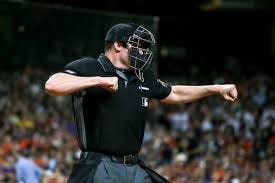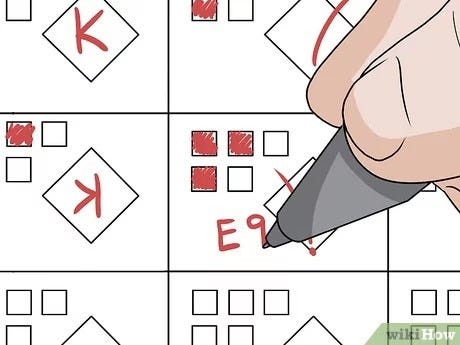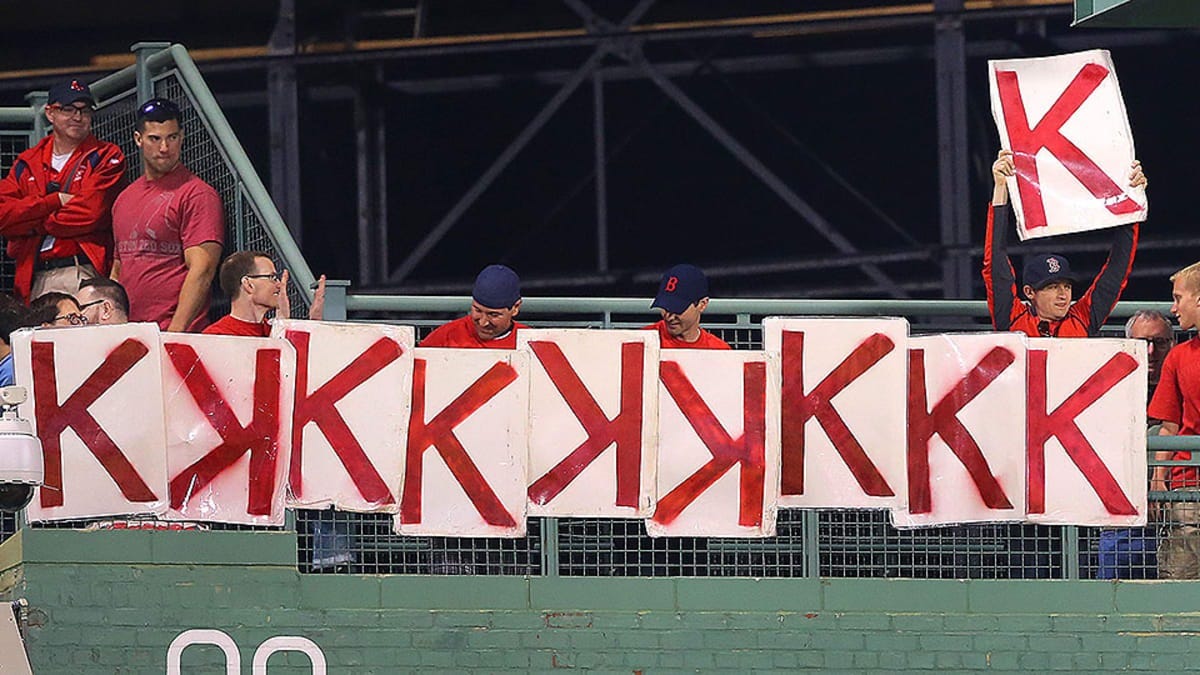What is a Backwards K in Baseball?

It is no secret that baseball fans love two things, stats and abbreviations. The K is one of the most famous abbreviations in baseball, used to record a strikeout in the scorebook. Scoring in baseball has an interesting history and is a language all to itself.
When scoring, the space on the scorecard is limited and the game moves quickly. Therefore, the scorekeeper must use a form of shorthand to keep track of what happens without missing any action. This is where the K comes into play. By recording a K, the scorekeeper can quickly note that a player has struck out.
With one simple letter, the scorekeeper can go into more detail. A regular K denotes the fact that the batter has struck out swinging. A backward K means that the batter was called out looking at strike 3.
If you are interested in learning more about states and scoring, check out this article: Baseball Stats You Need to Know
You can also shop our wide variety of baseball gloves here.


Fun Facts about the K in Baseball


Origin: It is thought that New York Yankees scorer Henrey Chadwick was the first scorekeeper to use the K and the backward K in the 1860s. It was first officially used in 1868.
Why a K?: There are three main theories for why the K became the simple for a strikeout. The first is that the K is the prominent letter of the word strike. The second is that the K is drawn with three strokes of a pencil, one for each strike in a strikeout. Finally, the last theory is that the K was the only letter in the work strike that was not already being used as a scoring abbreviation. S=Single, T=Tripple, R=Run, I=Inning, E=Error. Only the K was left.
Backward K Strike Out Slang: Many great baseball slang words reference striking out looking. Here are some of our favorites: Punchout, Rung Up, Caught Looking, Frozen, Thrown a Chair, and Window Shopping.
Backwards K in baseball FAQ
- Do all strikeouts result in a backward K?
- No, the backward K is exclusively used when a batter strikes out looking.
- How did the backward K tradition start in baseball?
- Using a K to abbreviate a strikeout has an unclear origin. Here are three possibilities. The first is that the K is the prominent letter of the word strike. The second is that the K is drawn with three strokes of a pencil, one for each strike in a strikeout. Finally, the last theory is that the K was the only letter in the work strike that was not already being used as a scoring abbreviation. S=Single, T=Tripple, R=Run, I=Inning, E=Error. Only the K was left.
- Is there a difference between a standard K and a backward K in statistical analysis?
- Both the K and the backward K count toward a pitcher’s overall strikeout total. They are separated to provide a more thorough analysis of the type of strikeouts a pitcher gets.
- Can a player argue a called third strike that results in a backward K?
- Yes, a player can argue, but they run the risk of being ejected for arguing called balls and strikes which are up to the judgment of the umpire.










